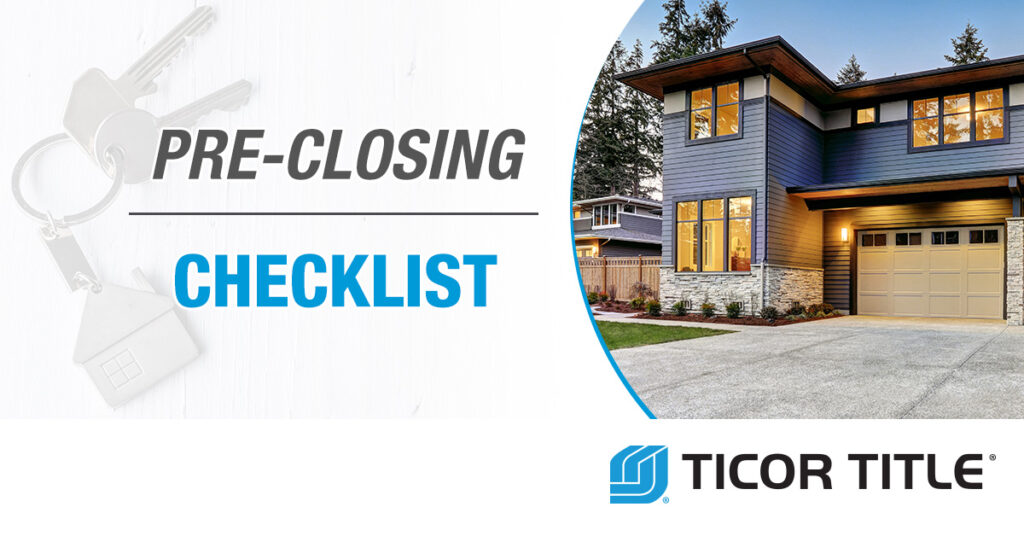6 Steps to Estimate SBR Paperwork Timeframe

Understanding the State Building Requirements (SBR) for project approvals, especially in construction or urban development, can be a labyrinthine process. Navigating through these requirements is not just about ticking off boxes; it's about understanding the scope, coordinating with various agencies, and anticipating delays. Here, we will discuss the six fundamental steps to estimate the time it'll take to process and complete the SBR paperwork, providing you with a roadmap to streamline this often overwhelming procedure.
1. Understanding the Project Scope

The first step in estimating the timeframe for SBR paperwork is to thoroughly understand the project’s scope. This involves:
- Identifying all construction activities planned.
- Assessing the land use and zoning requirements.
- Reviewing applicable environmental and safety regulations.
- Consulting with architects, engineers, and planners to get a comprehensive view.
⚠️ Note: The more detailed your project scope, the more accurately you can estimate the necessary approvals.
2. Identifying Required Permits

Each project comes with its set of regulatory obligations:
- Building Permits: For structural changes.
- Environmental Impact Assessments: Often required for larger projects.
- Zoning Permits: Ensure compliance with local zoning laws.
- Occupancy Permits: Issued when buildings are ready for occupancy.
Creating a checklist of permits can help in tracking the required documentation and estimating the time needed for each.
3. Conducting a Preliminary Review

A preliminary review involves:
- Checking local government websites for documentation requirements.
- Engaging with municipal authorities to confirm the accuracy of information.
- Setting up meetings or phone calls with officials to clarify any ambiguous requirements.
This step can significantly reduce the risk of missed documents or non-compliance issues.
4. Preparing the Documentation

The preparation phase includes:
- Gathering architectural plans, environmental reports, and zoning compliance documents.
- Compiling engineering assessments, soil tests, and other necessary technical data.
- Filling out applications with precise attention to detail to avoid rejections.
Ensuring all documents are accurate and meet the standards can expedite the review process.
5. Submission and Initial Review

Submitting the paperwork and going through the initial review is where:
- Documents are checked for completeness and compliance.
- There might be a preliminary meeting or consultation to discuss any concerns or queries.
- The review team may request additional information or clarification.
Understanding the review process can help in predicting potential delays and setting realistic expectations.
6. Approval and Follow-ups

The final stage involves:
- Receiving the approval or rejection from the respective agencies.
- Handling any conditional approvals, where minor adjustments might be needed.
- Following up on any remaining requirements or additional permit applications.
Once the permits are issued, there might be further obligations like construction inspections or additional permits for specific stages of the project.
Estimating the timeframe for SBR paperwork involves careful planning, understanding the local and project-specific regulations, and a proactive approach to documentation. By following these six steps, developers and project managers can navigate the complexities of state building requirements with more clarity and foresight. Remember, while these steps provide a guideline, real-world applications can vary, and staying adaptable and informed is crucial to success.
Can I start construction work before receiving all permits?

+
In most cases, starting construction work without the necessary permits can lead to fines or project delays. It’s advisable to secure all required permits before beginning construction.
How can I expedite the approval process?

+
To expedite the process, ensure all your documents are complete and accurate. Regular follow-ups, addressing review comments promptly, and pre-submission consultations with officials can speed up the process.
What should I do if my permit application is rejected?

+
Examine the rejection reasons carefully. Amend the application or provide the missing documentation as requested, and resubmit. Sometimes, a consultation with the issuing authority can clarify misunderstandings or compliance issues.